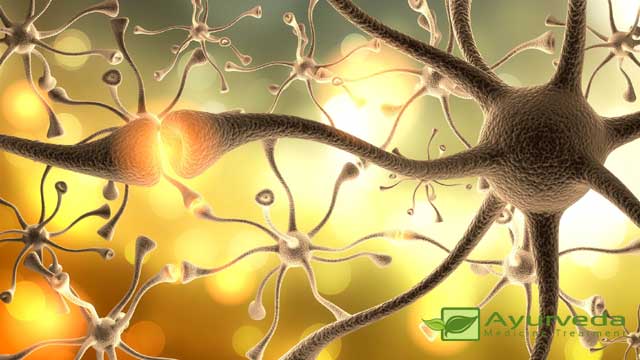
The Srotas (Circulation Channels)
The human body possess two main circulation channels (Srotas) although Ayurveda recognises 11 other such channels.
Through one the digested forms of the consumed items are circulated from the gastro-intestinal tract to the cells and the tissues. This nourishes the body.
This highway also carries the right proportions of the doshas (constituted of the Mahabhutas) and the other basic tissue elements from one portion of the body to another. This mechanism keeps the body healthy.
The other pathway transports the waste products produced by the body to be finally eliminated naturally via the Malas.
Therefore, the Srotas are constituted of all the major transportation avenues. They include the microscopic and finely designed capillaries; as well as the macroscopic genitor-urinary tract, the lymphatics, the veins, the arteries and the gastro-intestinal tract.
The ways to keep healthy the Srotas are regular yogic exercises, and observance of a hygienic daily regimen.
The literal meaning of the word srota is body passages or body channels. These channels are present throughout the visible and invisible body of the cells, molecules and atoms.
The body channels carry solids, liquids, gases, nerve impulses, nutrients, waste products and secretions in and out of the human body physiologies. According to some physicians human body is a network of appropriate nutrients and energies through the channels results in healthy mind and body. Any kind of blockage, deficiency or excess in the channels can result in various diseases.
The body channels are classified in two categories:
- Internal channels
- External channels
There are thirteen srotas in the internal channels. Among thirteen srotas, three srotas connect the individual to the external environment by inhaling and exhaling air, food and water. These three srotas are:
- Prana vaha srotas – carries the breath to all parts of the body
- Anna vaha srotas – transports solid and liquid foods
- Udaka vaha srotas – transports water
The other seven srotas are associated with the seven dhatus or tissues. These are:
- Rasa vaha srotas – carries plasma and lymph
- Rakta vaha srotas – carries blood cells specially haemoglobin
- Masma vaha srotas – carries muscle nutrients and wastes
- Meda vaha srotas – supplies adipose tissues
- Asthi vaha srotas – carries nutrients to bones and transports wastes
- Majja vaha srotas – supplies bone marrow and nerves including the brain
- Shukra vaha srotas – carries the sperm and ova and supply nutrient to them
The other three srotas eliminates the metabolic waste from the body. These are:
- Purisha vaha srotas – carries faeces
- Mutra vaha srotas – carries urine
- Sweda vaha srotas – carries sweat
The external channels have their natural openings on the surface of the body. The pair of ears, eyes and nostrils, the mouth, anus and the urethra is the nine openings of the channels opening externally.
According to some ancient authorities there are three more srotas related to lactation, menstruation and the flow of thoughts to the mind. These three srotas are:
- Artava vaha srotas – carries the menstrum
- Stanya vaha srotas – carries the breast milk during lactation
- Mana vaha srotas – carries thoughts, ideas, emotions and impressions.
The food and activity that promotes the morbid tendencies of the three humors and are harmful to the body elements results in blockage of the body channels.
Ayurveda helps in diagnosing the affected srotas, its nature and extent of blockage and ultimately helps in knowing the process of disease. Ayurveda also takes the help of doshic imbalances, dhatus and Agni in the assessment of disease.

Leave a Reply